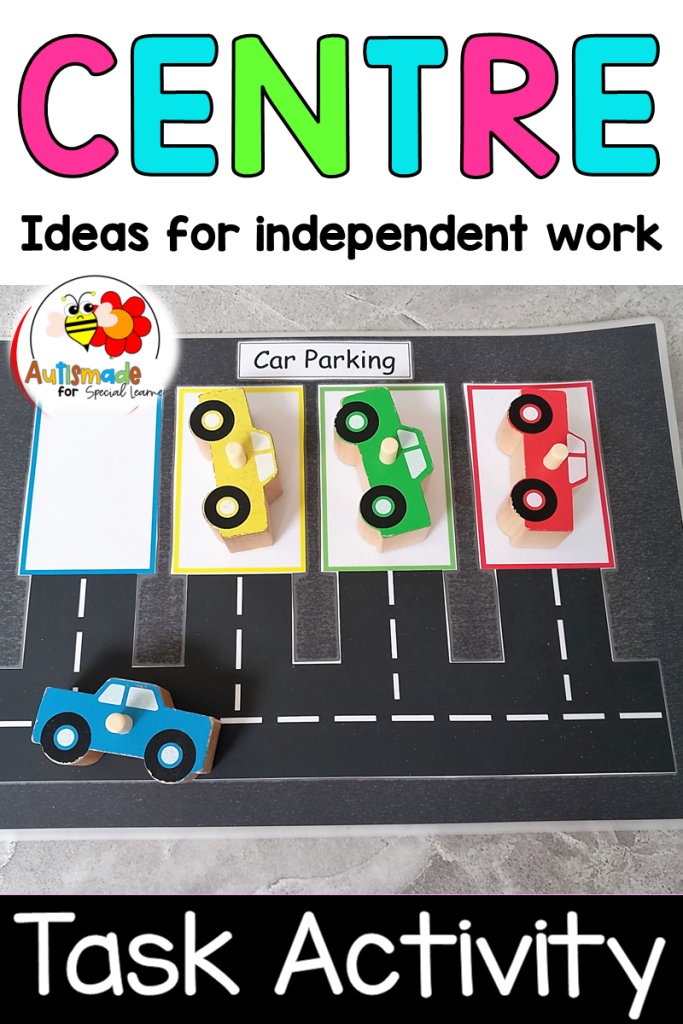I always look forward to the start of the school year, but I also know that it can be a challenging time for new little learners. So, I always make it my priority to provide a welcoming environment on their very first day in my classroom.

My plan usually involves spending countless hours decorating my classroom with colorful posters, charts, and other visuals that will make my students feel comfortable and supported. I also like to make sure I establish daily routines by using visual schedules that my students can learn to follow throughout the day.

Using visual aids and hands-on activities in my centres are always a hit with my students, and I enjoy incorporating small play items into their learning. I use toys and classroom resources as matching and sorting tasks, which helps my students to engage with the material in a fun and interactive way.


Maintaining a positive relationship with my students’ parents is also important to me. I make sure to keep them informed of their child’s progress and phone or email regularly with them. I found that by working with parents we help each other meet the needs of their child.

Proudly, celebrating my students’ accomplishments are always the highlights of the school year for me. Seeing my students’ progress and growth makes all the hard work put in from the start worth it. Whether it was a simple high-five or a special treat, I made sure to recognize and celebrate each and everyone’s work.
Preparing for the back-to-school season can be challenging I know, but I wouldn’t miss the opportunity to create this positive learning environment for my Special Education students. Incorporating all the personal touches and prioritizing the needs of my students, I do my best to make the start of the school year an exciting and memorable time for everyone.


Pick up Free Matching Boards for the first week of fun – CLICK HERE





